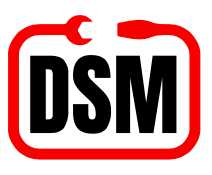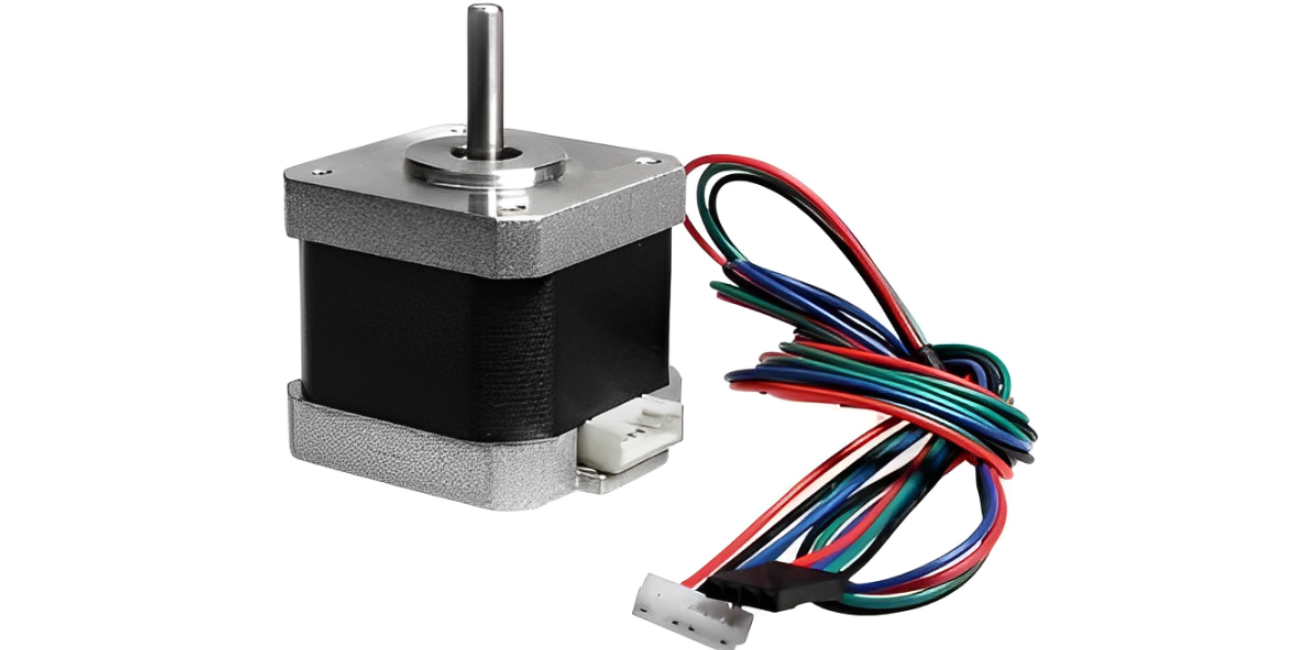
DSM Online Support
Support Master
Welcome to DSM Online
How can I help you today
How can we assist you? please let us know the support you need from DSM Online

The world of motion control is intricate and demanding, requiring components that offer accuracy, reliability, and power. Among the unsung heroes in this realm is the NEMA 17 stepper motor, and within this popular frame size, the variant boasting a holding torque of 4.2 Kgcm stands out as a versatile and robust workhorse. This blog delves deep into the capabilities, applications, and advantages of this specific stepper motor, providing you with the knowledge to determine if it's the right fit for your next project.
The NEMA (National Electrical Manufacturers Association) standard defines the mounting face dimensions of stepper motors, ensuring interchangeability and ease of integration. The "17" designation indicates a square faceplate of approximately 1.7 x 1.7 inches (42.3 x 42.3 mm), a size that strikes an excellent balance between power and compactness.
However, the true muscle of this particular model lies in its 4.2 Kgcm (kilogram-centimeter) holding torque. This specification signifies the motor's ability to resist external forces when its windings are energized but not rotating. A higher holding torque translates to greater resistance to slippage and the capacity to handle heavier loads or overcome greater frictional forces. This makes the 4.2 Kgcm NEMA 17 stepper motor a significant upgrade from lower torque variants within the same frame size.
Why Choose a 4.2 Kgcm NEMA 17 Stepper Motor?
The increased holding torque offers several key advantages across various applications:
Key Specifications to Consider:
Beyond the holding torque, several other specifications are vital when selecting a NEMA 17 4.2 Kgcm stepper motor:
Versatile Applications Across Industries:
The NEMA 17 4.2 Kgcm stepper motor finds its niche in a wide array of applications, including:
Choosing the Right Motor Driver:
To effectively control a NEMA 17 4.2 Kgcm stepper motor, a compatible stepper motor driver is essential. The driver provides the necessary current and voltage to the motor windings and allows for microstepping, which divides each full step into smaller increments, resulting in smoother and more precise motion. Selecting a driver that matches the motor's voltage and current ratings is crucial for optimal performance and to prevent damage.
Conclusion:
The NEMA 17 4.2 Kgcm stepper motor represents a sweet spot in the world of motion control. Its compact size, coupled with its significant holding torque, makes it a compelling choice for a diverse range of applications demanding precision, power, and reliability. Whether you're building a high-resolution 3D printer, a precise CNC machine, or a robust robotic arm, this motor offers a compelling blend of performance and value. Understanding its specifications and considering the specific demands of your project will ensure you harness the full potential of this versatile and powerful component. When seeking a high torque stepper motor in a compact form factor, the 4.2 Kgcm NEMA 17 is undoubtedly a contender worth serious consideration.